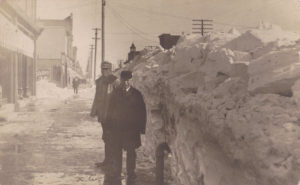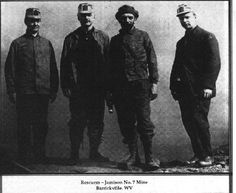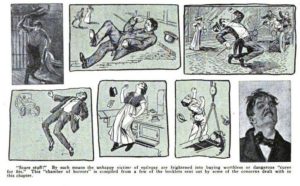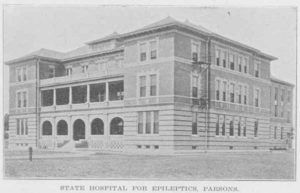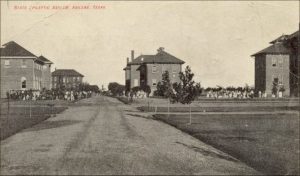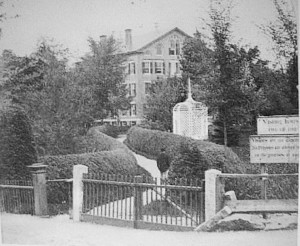The vast majority of employees at the Canton Asylum for Insane Indians lived on the premises as part of their compensation package. Though it could certainly be a bit restrictive to seldom leave the asylum grounds, they benefited by not having to trudge through blizzards and ice to get to work in the winter, and very likely saved a great deal of time each day by not having to add travel time to what was usually a very long work shift.
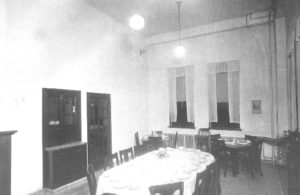
Employees’ Dining Room, Clark County Insane Asylum, Wisc., 1922, courtesy Clark County History Buffs
Dr. Hummer, the asylum’s superintendent (evidently in answer to a letter from the Indian Office about the availability of quarters), wrote a letter to the commissioner of Indian Affairs in September, 1916 about his financial clerk’s living arrangements. Hummer stated that it would be possible to furnish quarters at the asylum for the clerk, except for the inconvenience it would cause. The clerk had a wife and daughter, and the family would need three rooms to live in–which wouldn’t be possible unless Hummer gave up his office, the matron’s kitchen, or the sitting room “now used by all the employees.” The financial clerk didn’t want to cause this hardship, and asked that the government provide coal for him to use in his home in Canton.
Hummer’s position was that “I would prefer to furnish him with this coal, rather than make it unpleasant for him or any of the employees.” The commissioner’s office replied: “The Office does not believe it advisable to furnish Mr. T. T. Smith, Financial Clerk, with coal for his home at Canton.”
The price of coal was about $1.24/ton wholesale at this time, and the clerk had estimated he would need about five tons of it each winter.
